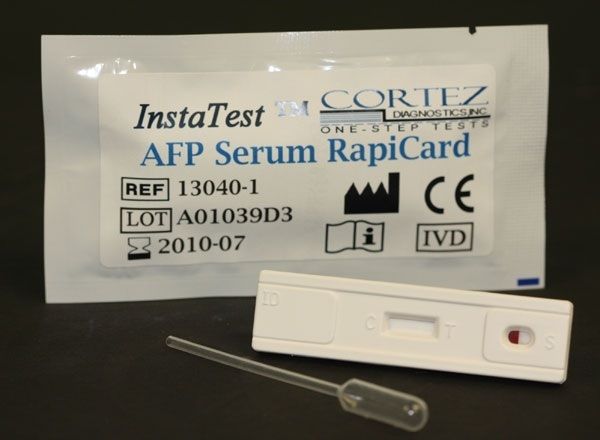
An annual physical exam is recommended for most healthy adults. The primary care physician will inquire about family history of colon or bowel cancer at that time. A simple exam of the abdomen and a digital rectal exam typically follows.
This manual test is an easy way to check for abdominal or anal lumps. Most people say the exam is uncomfortable or even embarrassing but it is usually quite brief. If anything suggests to the doctor that the patient has a bowel issue, he or she will usually be asked to take a rapidtest at home. The test requires the patient to take a tiny amount of stool sample and return it to the doctor or hospital for results. The quick test is an effective way for the doctor to determine the presence of blood in the stool. Patients with early stage colon cancer are unlikely to see blood in the stool.
Colon Cancer
People over the age of 50 are considered at higher risk for colon cancer. It is the second highest cause of test in the United States for both men and women. The colon, part of the large intestine, processes and extracts nutrients in food. Colon cancer typically grows over a significant period of time. The cancer may start as a small polyp. Over time, the growth of the polyp into a tumor may occur without the patient’s notice. The presence of blood in the stool is one of the warning signs of bowel cancer.
Symptoms
The presence of rectal blood after a bowel movement is always a colon cancer warning sign. The blood is typically dark or bright red. The patient may see blood mixed in a stool specimen or the blood may pass as a liquid discharge from the rectum.
Other symptoms of colon cancer include narrower or smaller stools than normal, infrequent bowel movements, or increased bowel movements. Frequent and less productive bowel movements may indicate the presence of a tumor or other bowel obstruction. Cramps, bloating, anemia (from blood loss), unusual fatigue, or unexplained weight loss are also warning symptoms. If the bowel movement’s consistency changes, such as from soft normal stool to hard stools for at least two weeks’ time, tell the doctor.
It’s important to see the doctor as soon as possible if one or more of these symptoms present. Early detection offers the patient the best opportunity for cure.
